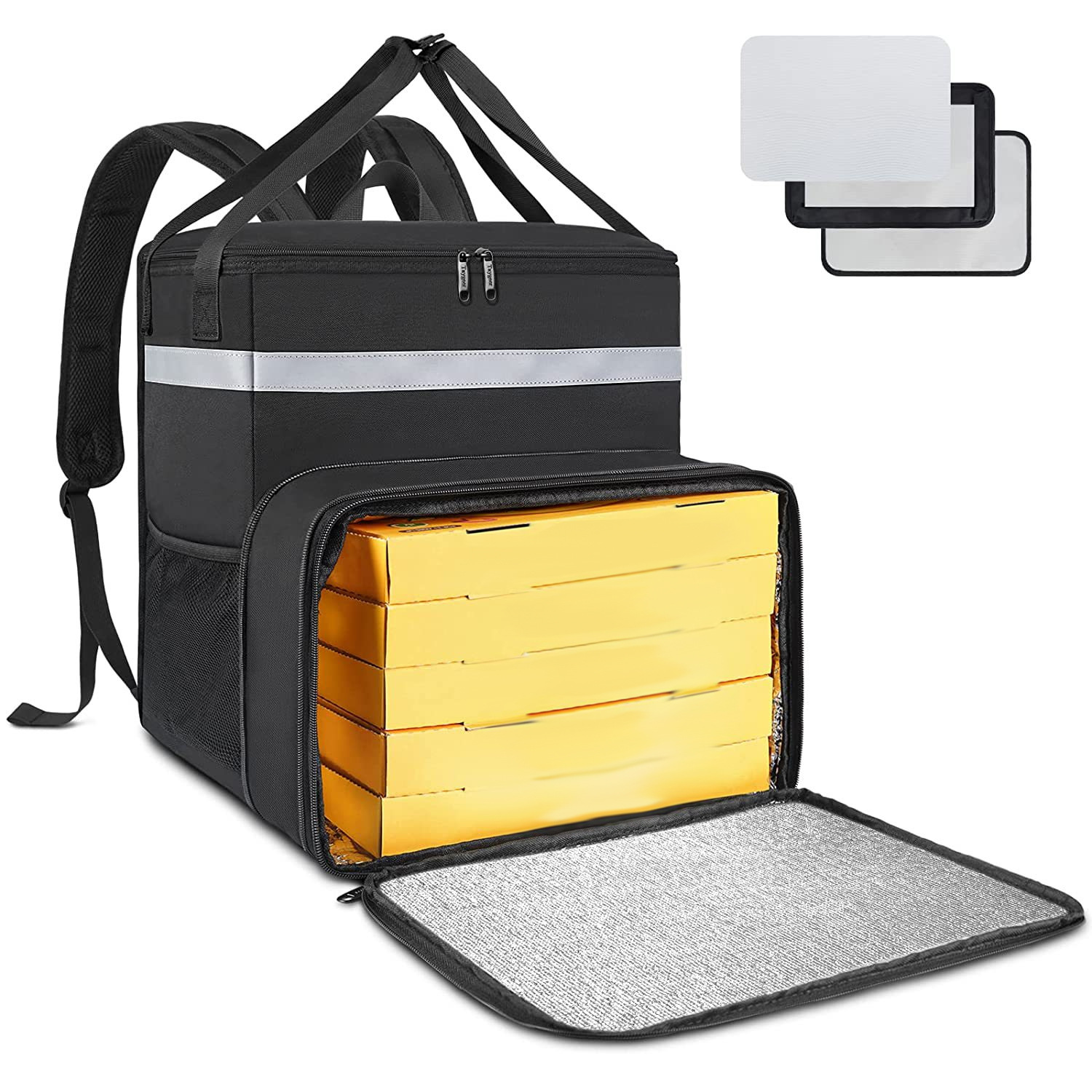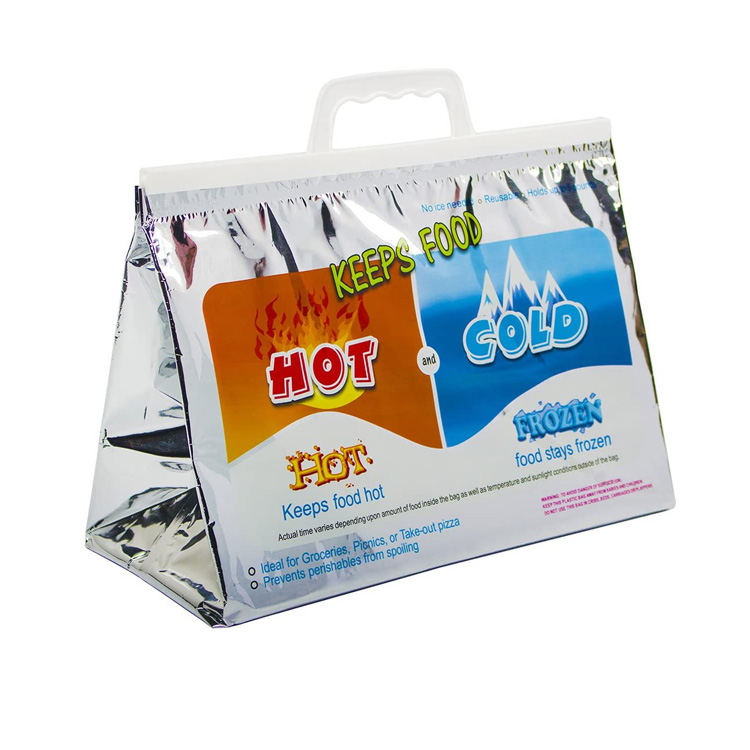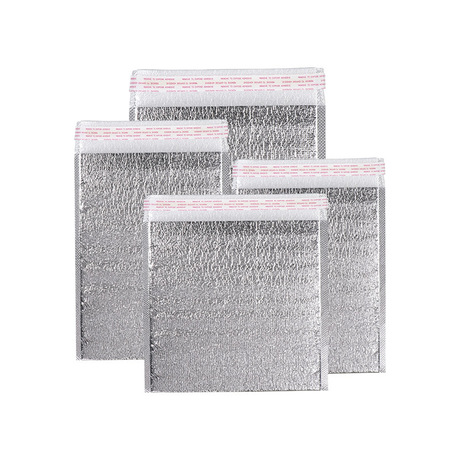Selecting an ice pack that is useful, durable, and possesses excellent cold-retention capabilities can provide effective cold therapy and insulation in daily life, medical emergencies, or outdoor activities. Below are key factors and recommendations to consider when choosing an paquet de glace:

1. Material Selection
External Materials:
High-Strength Tear-Resistant Materials: Such as polyethylene (PE) combined with polyamide (PA), or PE combined with PA and non-woven fabric for the outer pouch material. These materials possess leak-proof and tear-resistant characteristics, ensuring safety and durability during use.
Soft Texture: Choose materials with a soft and comfortable surface, suitable for prolonged skin contact to reduce discomfort.
Internal Fillings:
Water Gel: Offers superior insulation performance, quick cooling speed, and is environmentally friendly.
Ice Crystal Beads: Have high cooling efficiency, suitable for situations requiring rapid cooling.
Anhydrous Salt Solution: Provides good stability, strong reusability, and is suitable for repeated use requirements.
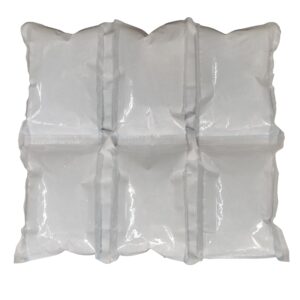
2. Absorbency
Super Absorbent Polymer (SAP): Ice packs containing SAP can absorb excess moisture during freezing, preventing leakage. This is especially suitable for medical applications, such as cold compress dressings.
Double-Layer Design: The inner layer is responsible for cold retention, while the outer layer has absorbent properties, enhancing overall absorbency and preventing liquid leakage and condensation water flow.
3. Durabilité
Multiple Uses and Cleaning: High-quality ice packs should withstand multiple freezing and thawing cycles without aging or cracking.
Reinforced Seams: Check if the ice pack’s sealing areas are reinforced to ensure they do not leak during repeated use.

4. Reusability
Environmental and Economic Considerations: Choose ice packs that can be repeatedly frozen and used, reducing waste from single-use products and saving long-term usage costs.
Replaceable Fillings: Understand whether the ice pack’s fillings can be replaced to ensure continued use after the fillings wear out, thereby extending the product’s lifespan.
5. Brand and Reviews
Reputable Brands: Select well-known brands, as these brands typically offer better quality and after-sales service.
User Reviews: Check other users’ reviews and feedback to understand the actual performance and potential issues of the product, helping to make a more informed choice.
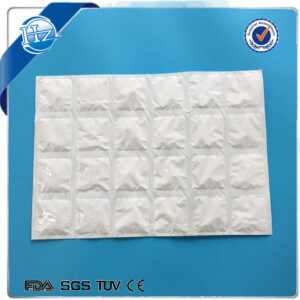
6. Sécurité
Matériaux non toxiques: Ensure the ice pack is made of non-toxic, odor-free materials suitable for prolonged contact with food or skin, avoiding allergies or irritation.
Certification Standards: Choose products that comply with relevant safety standards and certifications, such as FDA certification or CE certification, to ensure product quality and safety.
Maintenance and Care Recommendations
Thorough Drying: Après utilisation, ensure the ice pack is thoroughly dried inside and out to prevent bacterial growth and odor.
Inspection régulière: Regularly check the ice pack for any damage or leakage, and promptly replace any defective ice packs to ensure safe use.
Proper Cleaning: Clean according to the product instructions, avoiding the use of harsh cleaning agents to extend the ice pack’s lifespan.
Summary
Choosing a useful, durable, and highly absorbent ice pack requires a comprehensive consideration of materials, conception, brand, functionality, and other aspects. By paying attention to the key factors outlined above, you can select the most suitable ice pack solution based on your specific needs, ensuring its efficiency and reliability in daily use. If you have more specific requirements or questions, feel free to consult us further!







